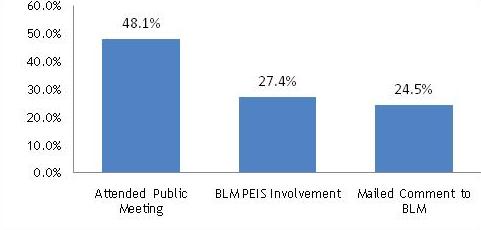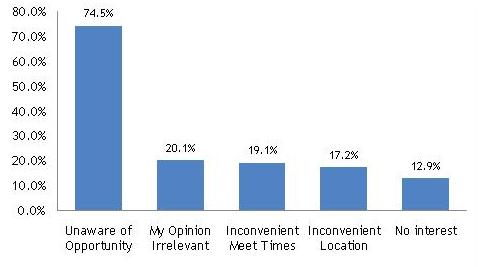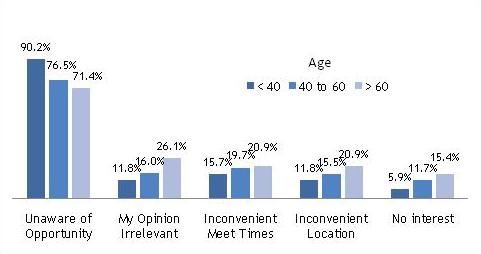Public Engagement
An effective process will go beyond the minimum requirements for public participation outlined in NEPA to ensure that affected parties are involved, local concerns are heard, meaningful participation is achieved, and any concerns are addressed early in the process before decisions are made.
1. Use of the NEPA Process
The application of the NEPA process to proposed solar facilities ensures consideration of a set of alternatives and environmental protection. It also requires agencies to offer public participation opportunities, including commenting at many stages throughout the process.
2. Inefficient Public Communication
The lack, or perceived lack, of communication between the BLM and the public has been noted by tribes, citizens groups, and a local government. It is important for the BLM to announce public participation opportunities, to educate the local stakeholders, and receive feedback regarding the proposed facilities. While the BLM has held multiple scoping meetings for the Solar PEIS and individual projects, many groups remain unaware of these opportunities. Based on responses to a survey of organizations, the most popular form of public participation was attending a public scoping meeting for an individual project. The groups that did not take part in any form of public commenting responded that they were “unaware of participation opportunities.”
The results of the stakeholder survey show that local residents are not taking the opportunity to participate in the process, with only 17 percent of respondents participating. Of those residents who participated in the process, the most popular form of participation was attending a public meeting held for an individual proposed solar project (Figure 1). When asked why they did not participate, 74.5 percent of residents indicated that they were unaware of participation opportunities (Figure 2).
Further analysis of the results indicated that residents younger than 40 years old have a higher likelihood of being unaware of participation opportunities. Residents over the age of 60 may be more aware of participation opportunities, however they are also more likely to think that their opinions are irrelevant or will make no difference (Figure 3). In order to test the statistical significance of this trend, we used a chi-square test for independence, and calculated the p-value to be 0.00016.



This result indicates that there is a connection between age group and rationale for not participating in the process: the older respondents were, the more aware they were of participation opportunities, but the less they believed their opinion would make a difference. The results of both surveys indicate that the BLM has not effectively communicated opportunities for stakeholders to participate in the process.
3. “Fast Track” - Too Fast?
The truncated timeline for the environmental analysis of “Fast Track” projects is a source of concern among environmental organizations. Similarly, the truncated timeline is of concern to a citizens group and an environmental organization who noted that the BLM is ignoring information requests, scheduling scoping comment deadlines next to holidays, and scheduling multiple scoping meetings at the same time, making it impossible to attend them all.
